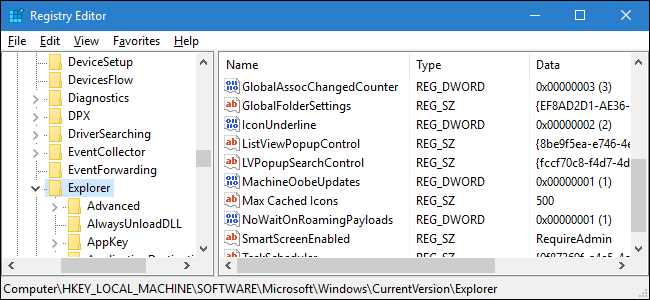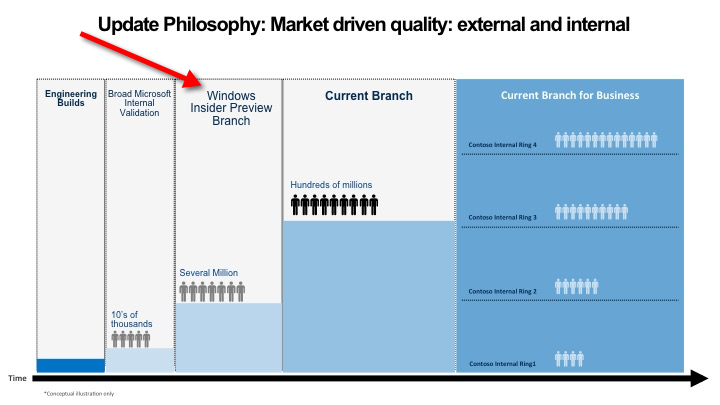- Microsoft Programs Running Slow In Windows 10
- Troubleshoot Windows 10 Running Slow
- Microsoft Programs Running Slow Cooker
- My Windows 10 Running Slow
- Stop Programs Running In Background
- Microsoft Office Programs Running Slow
Aug 31, 2016 The first thing that you can try is the Performance troubleshooter, which can automatically find and fix problems. The Performance troubleshooter checks issues that might slow down your computer's performance, such as how many users are currently logged on to the computer and whether multiple programs are running at the same time. Try and open Outlook in Safe Mode Try and open Outlook in Safe Mode. To start in Safe Mode, you can hold down the CTRL key when opening Outlook. (Keep holding it until message appears), or Click Start, In the Search or Run box, type outlook.exe /safe and press Enter. If Outlook is slow or locks up whilst in Safe Mode, then it is very likely that an Add In could be causing the issue. Windows-10 running very slow and my programs open and some dont I was running windows 8.1 and everything was running fast then I received my upgrade to windows 10 and now my laptop top is running very slow and some programs don't open. Fix the 'programs take forever to open' issue 1. Run the Windows Apps Troubleshooter. Some users of Windows 10/8 have complained. Run System File Checker to fix the slow issue. Turn off Accelerated Graphics. Open Internet Explorer Internet Options Check Use software.
Microsoft Programs Running Slow In Windows 10

Short Bytes: Many Windows users are facing reduced performance issues in Windows 10. This appears in the form of input lags and could be fixed by tweaking some Page File settings in Windows 10. So, how to fix this slow performance issue in Windows 10 to boost system speed? Here is the answer.
After the official launch of Windows 10,Troubleshoot Windows 10 Running Slow
millions of PC users upgraded their PCs to Windows 10 by availing the free upgrade offer from Microsoft. If you haven’t got the upgrade, here’s a simple way to get Windows 10 upgrade right now. However, several desktop users have reported Windows 10 slow performance issue on Microsoft forums and Reddit after upgrading their systems.There are some definite issues with the Windows 10 OS as the number of people facing slow performance issue in Windows 10 is very large. This sluggish performance usually appears in the form of input lags. For example: After clicking the Start Menu, it takes about 2-3 seconds to appear or taking the same time to refresh your desktop, Complaining this Windows 10 slow performance issue, many users have downgraded to the previous versions of Windows OS.

According to a user on the Microsoft Community forums, Windows 10 slow performance issue could be fixed by tweaking the Page File settings in Windows 10 that affects and improves the overall system performance. If you’re facing the slow performance issue in Windows 10, you can try to speed up the OS by changing the default settings for Page File control.
How to Fix Windows 10 Slow Performance Issue and Boost your System Speed?
If you are irritated with slow performance issue in Windows 10, we advise you to follow this small guide to speed up your Windows 10 OS on your computer. You need to change the default settings for the Page File control in Windows 10 from System Managed to manual format. Here you can change the page file memory’s file and maximum size- based upon the RAM on your PC.
How to fix Windows 10 Slow performance:
- Open Start Menu and find the Control Panel. Click on it.
- Here in the Control Panel, go to the Search field at the top-right of the window and type Performance. Now hit Enter.
- Now find Adjust the appearance and performance of Windows.
- Go to the Advanced tab and click on Change in the Virtual Memory section.
- Now untick the option “Automatically manage paging file size for all drives.”
- Select the default C: drive where Windows 10 is installed and then choose Custom Size. Then change Initial Size and Maximum Size to the recommended values by Windows (given below).
- Now click Set and then hit OK to save the settings.
- Reboot the computer for the changes to take effect and fix the slow performance issue in Windows 10.
After your PC boots up, you should experience better Windows 10 performance. If you found this way to boost your Windows 10 system speed helpful – or you know any other method – feel free to mention it in the comments below.
Hi,
Thank you for posting the query on Microsoft Community. I am sorry to know that you are facing issues with opening the programs. Do not worry, will assist you with the issue.
To guide you in the right direction, I need more information from the computer by answering the following questions:
- What exactly happens when trying to open the programs?
- Which programs are you referring to?
- Is the issue confined to a single program or with other programs as well?
- Which programs have you disabled? Are you trying to open the programs disabled in System Configuration?
Your reply is very important for us to ensure a proper resolution.
Meanwhile I suggest you to try the Methods provided below and check if it helps.
Method 1

Microsoft Programs Running Slow Cooker
Perform a clean boot.
A clean boot is performed to start Windows by using a minimal set of drivers and startup programs. This helps eliminate software conflicts that occur when you install a program or an update or when you run a program in Windows 10, Windows 8.1, Windows 8, Windows 7, or Windows Vista. You may also troubleshoot or determine what conflict is causing the problem by performing a clean boot.
Clean Boot:
Notes
You must log on to the computer as an administrator to be able to perform a clean boot.
Your computer may temporarily lose some functionality when you perform a clean boot. When you start the computer normally, the functionality returns. However, you may receive the original error message, or experience the original behavior if the problem still exists.
If the computer is connected to a network, network policy settings may prevent you from following these steps. We strongly recommend that you do not use the System Configuration utility to change the advanced boot options on the computer unless a Microsoft support engineer directs you to do this. Doing this may make the computer unusable.
I suggest you to try the steps provided, in the link below in order to perform a clean boot on your computer.
My Windows 10 Running Slow
Method 2
If the issue persists run SFC scan and check if it helps.
Stop Programs Running In Background
Summary
Microsoft Office Programs Running Slow
System File Checker is a utility in Windows that allows users to scan for corruptions in Windows system files and restore corrupted files. This article describes how to run the System File Checker tool (SFC.exe) to scan your system files and to repair missing or corrupted system files in Windows 8.1, Windows 8, Windows 7 or Windows Vista. If a Windows Resource Protection (WRP) file is missing or is corrupted, Windows may not behave as expected. For example, some Windows functions may not work, or Windows may crash. System file check works on Vista, Win 7, Win 8, Win 8.1, and win 10
I suggest you to try the steps provided, in the link below in order to run SFC scan on your computer.
Hope this helps in resolving the issue. If the issue persists please get back to us with the above information in order to assist you accordingly.



